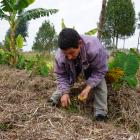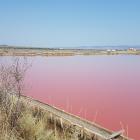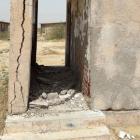A Walk Through the Ruins (India)
Vikas Lakhani
Lakhani, Vikas. A Walk Through the Ruins. 2018. HD, 4 min. https://youtu.be/1I5O9ZQ7e30. Video editing by Miriam Remter and Felix Remter (Primate Visions, Munich). CC BY 4.0.
This video shows the Kutch region of Gujarat that was devastated by a 7.7 Mw earthquake on 26 January 2001. Kutch is famous for its marshy salt flats, vibrant culture, and diverse food and textile traditions. However, it has made headlines in the past due to its high risk of cyclones and earthquakes. Exploring how the memory of disasters influence people’s risk perception, collective action, institutional response, and decision-making processes, the video takes the viewer through the ruins and memories of the earthquake.
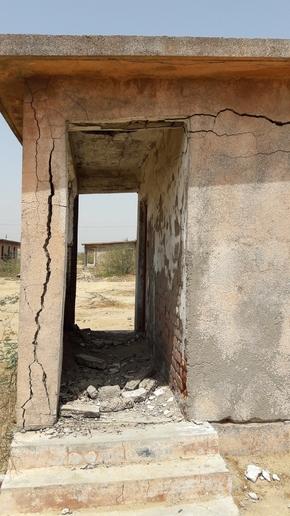
Relics of reconstruction. Photograph by Vikas Lakhani. CC BY 4.0.
Relics of reconstruction. Photograph by Vikas Lakhani. CC BY 4.0.
Photograph by Vikas Lakhani.
 This work is licensed under a Creative Commons Attribution 4.0 International License.
This work is licensed under a Creative Commons Attribution 4.0 International License.
Taking a walk through the village of Vondh, the viewer observes the neo-liberal visions of governance in which Vondh was relocated and reconstructed under a government scheme. The village, designed with parallel streets, identical houses, and superficial community participation, was relocated to a high salinity area. As a result, the concrete houses crumbled within a few years, and the village stands abandoned as a memorial of failed relocation policies challenging the efficacy of governance and accountability. The story continues with the aim to explore the traditional housing of the region and the meaning of development. We move to a Bhunga, a typical mud house with a circular foundation and low height that has evolved against cyclones and earthquakes over centuries. The traditional wisdom of constructing Bhungas is celebrated, and they have become popular tourist attractions following the earthquake of 2001. Lastly, we take a walk through the ruins of Adhoi village to understand the impact of the earthquake on the everyday life of its residents. Adhoi was also relocated to a new site, and the old village was proposed to be converted into a museum. However, few villagers opted for monetary aid instead of relocating, and the plan to turn the old village into a museum never went beyond the planning stage. As a result, the old Adhoi appears to be a ghost village with a few residents who barely notice the ruins anymore.
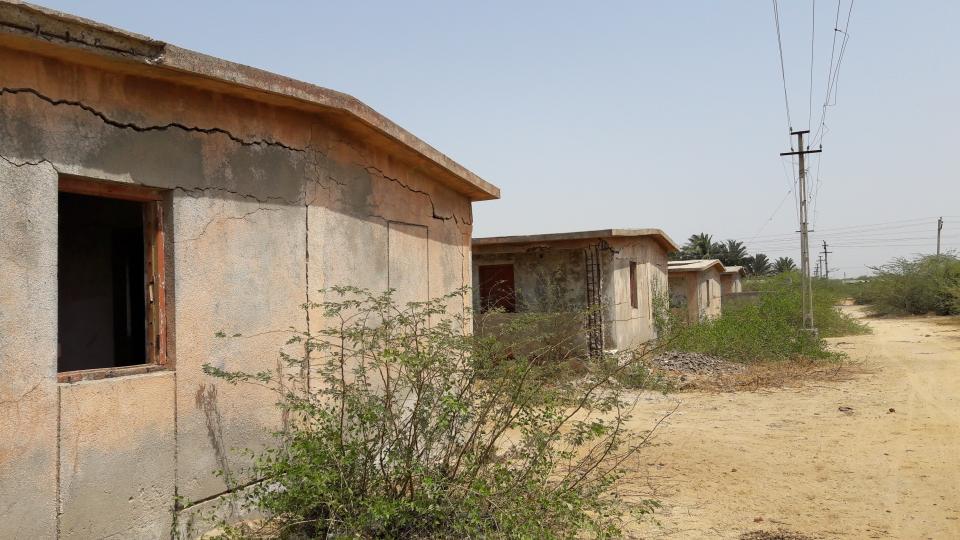
Abandoned houses in the relocated village of Vondh. Photograph by Vikas Lakhani. CC BY 4.0.
Abandoned houses in the relocated village of Vondh. Photograph by Vikas Lakhani. CC BY 4.0.
Photograph by Vikas Lakhani
 This work is licensed under a Creative Commons Attribution 4.0 International License.
This work is licensed under a Creative Commons Attribution 4.0 International License.
About the author
Vikas Lakhani is a doctoral candidate at the Rachel Carson Center at the LMU Munich. His doctoral project, funded by the Marie Sklodowska-Curie ITN fellowship ENHANCE (2015–2018), investigates how the memory of disasters shape risk perceptions, collective action, institutional response, and decision-making. His work focuses on Machhu Dam failure (1979) and Bhuj Earthquake (2001) in Gujarat, India. Before starting his doctoral research, Vikas worked with the Hiroshima University, Government of Gujarat, and the Tata Institute of Social Sciences on the issues of urbanization in developing economies, policies, and planning of disaster management, and post-disaster recovery projects. Vikas has a bachelor’s degree in Environmental Science from the M.S. University of Baroda (2006) and a Master’s degree in Disaster Management from Tata Institute of Social Sciences, Mumbai (2009). In 2018, Vikas was a visiting scholar at the University of Leeds (UK) and the University of Stavanger (Norway).






